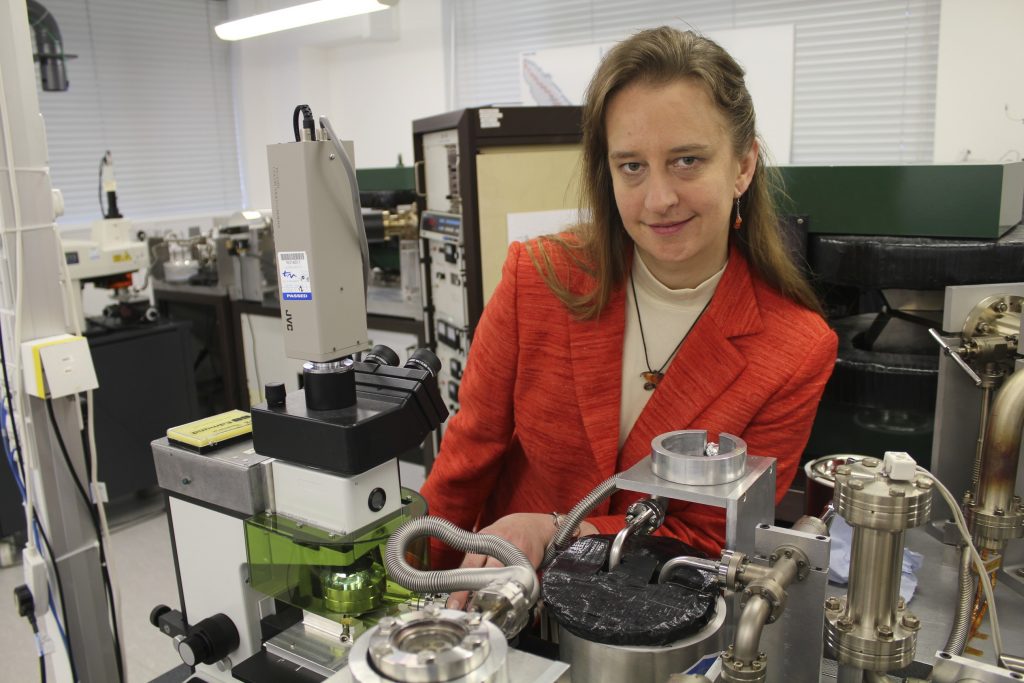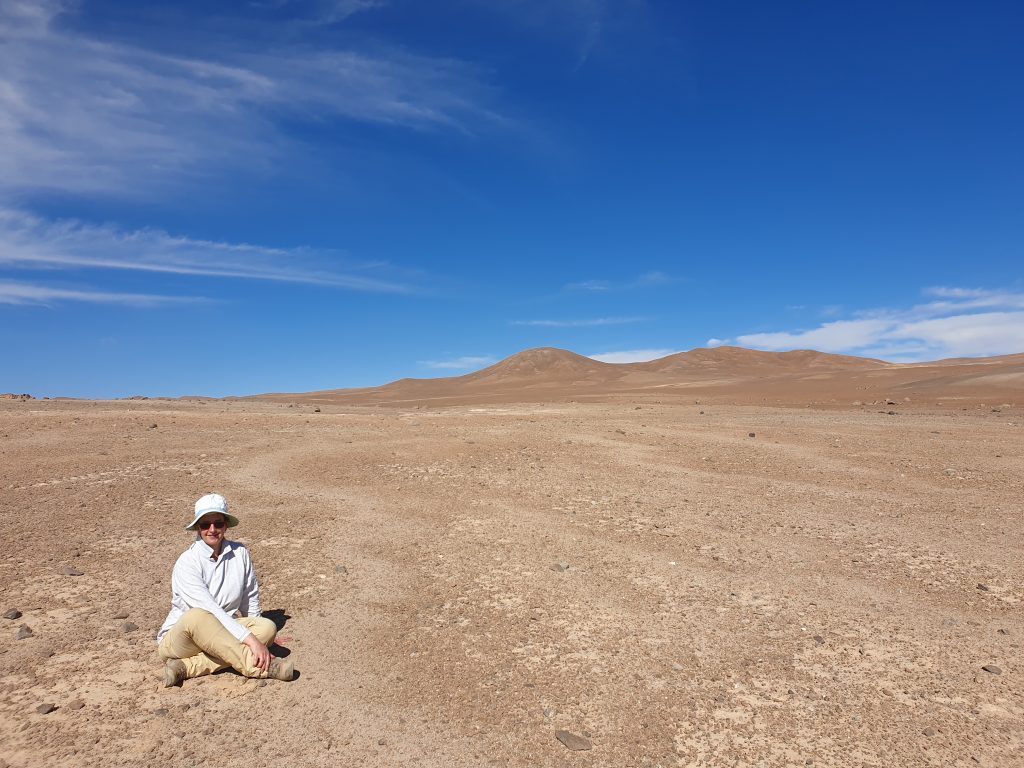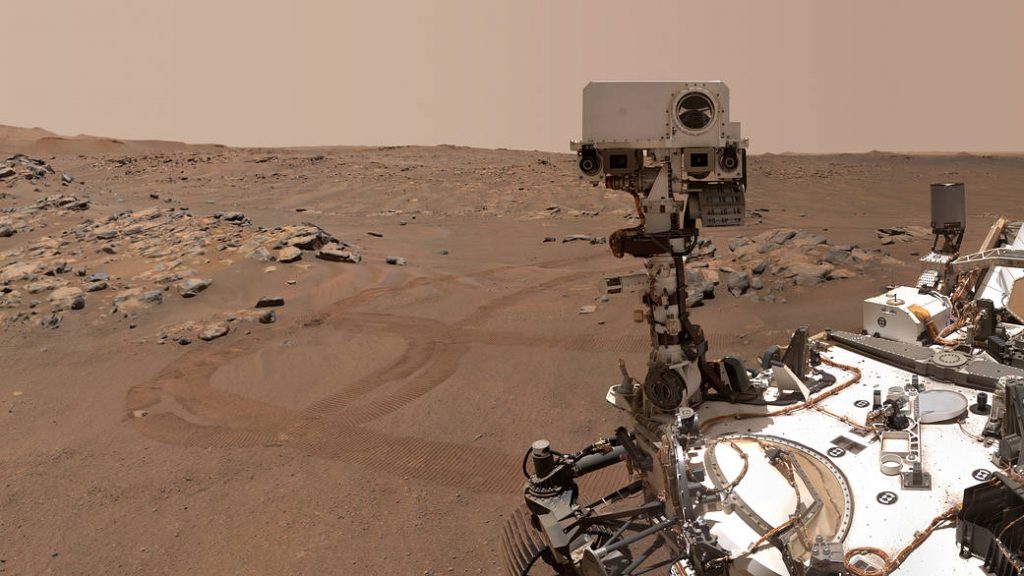What drives Susanne Schwenzer is soaking up the energy that comes from a team. A mineralogist at heart and a martian through and through, she is one of the six Europeans of the Mars Sample Return science group.
Susanne is convinced that “if you want to achieve something in life, it is always about who is around you and who you collaborate with. On our own, we do nothing.”
According to her, the best thing that happened in her life was to be one of the hundreds of scientists who studied Mars through the eyes of the Curiosity rover. She has also worked for the Wisdom instrument on ESA’s ExoMars rover.
“I enjoy learning new things all the time and contributing my knowledge to something that is much bigger than my own research,” she says. If not in the lab or in front of a computer, her research gets her out into the field to study martian-like environments on Earth.
From the Atacama Desert in Chile to the frozen lands of Antarctica, Susanne uses hot and cold deserts on our planet to study how rock reacts to water. This research helps her better understand martian meteorites.

Martian history
Each rock is a piece of history and studying them is “like reading the history book of Earth at a specific place and time,” she says.
Susanne likes to compare her job to that of a forensic scientist. “You are presented with a simple rock. Piecing together all the evidence in context, you can find out what happened millions of years ago! You can understand what the planet looked like, and things like temperature and water content,” she explains.
She investigates extreme environments on Earth to better understand what could be going on on the Red Planet. The results help verify hypotheses, such as what kind of microbes can survive the extremes and the ultraviolet radiation levels in a desert.
When water meets rock
Her main interest is around water and rock interactions, something crucial on Mars. Susanne uses a variety of mineralogy methods – from optical microscopes to X-ray techniques – to understand what would happen if a martian rock is exposed to water.

When she started studying martian meteorites for her PhD in 2001, there were just nine on record. “I still pride myself to have held all nine at the time. Now we have collected over a hundred that add a lot to our understanding of the evolution of Mars,” she says.
However, all those martian meteorites are of the sturdy variety. The Mars Sample Return campaign aims to fill the gap and collect sedimentary rocks that are too fragile to get ejected from Mars in one piece and to survive reentry into Earth’s atmosphere.

The Perseverance rover will also collect magmatic, hard type rocks that will enhance what scientists know after 30 years of studying meteorites on Earth.
Susanne is not only excited about adding new rock varieties from Mars, but also by the fact that scientists will get to work with uncontaminated samples. “The Mars Sample Return campaign is unprecedented because it will bring pristine samples from a location where we have a geological context,” she says.
Explore farther
The adventurer in her tells us that she studied mineralogy and geology because she wanted to explore planet Earth. Soon she realised that here are many more planets to explore and so much to do in planetary science.
Mars keeps her motivation alive. “Looking into Mars mysteries is about understanding why we are here. Questions like ‘was there life on Mars’ or ‘is there life elsewhere in the Universe’ are linked together,” she explains.

“I am sure that we will – quoting Steve Squyres here – get to see boot prints in the tracks of the martian rovers we have today on Mars,” says Susanne.
It all starts with the history behind that piece of real estate from another planet.

Discussion: no comments